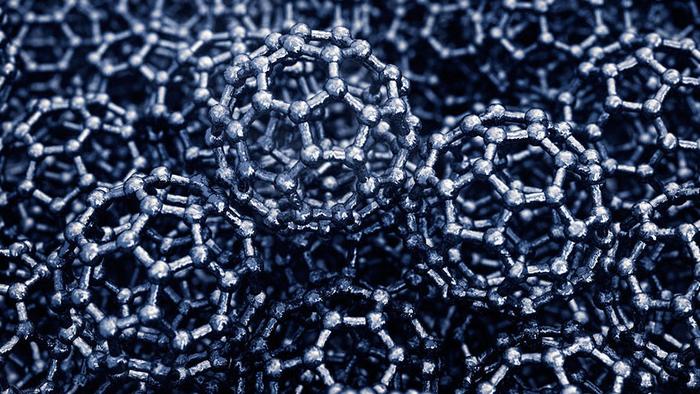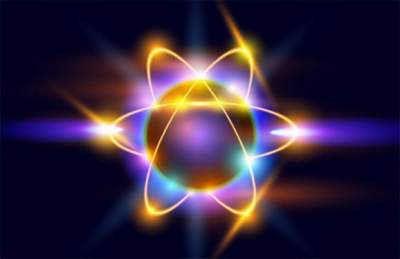
The electrons enclosed in “jail” tiny quantum traps, behave quite differently than their free counterparts. They can only be at specific energy levels (quantum States), like the electron shells of the atom, for this reason, these electronic traps called artificial atoms. These artificial atoms, in turn, have a number of properties matching the properties of regular atoms, and the unique properties that make them extremely useful for applications in various fields, in particular in the field of quantum computing. And these unique properties are manifested with the greatest force near the artificial atom is made on the basis of graphene, scientists from the Vienna University of Technology, Austria, Institute of RWTH Aachen, Germany, and the University of Manchester, UK.
Artificial atoms created in materials like gallium arsenide, have the ability to be in two energy States. However, graphene artificial atoms, due to the high level of symmetry of the crystal lattice of graphene, can exist in four quantum States. This opens new ways to implement technologies of storage and processing of quantum information, however, the establishment of controlled sufficiently graphene-based artificial atoms is quite difficult.
One of the most common ways of creating artificial atoms is the conclusion of a free electron inside a thin layer of material. This approach works in relation to graphene material, initially with single-atom thickness. However, the symmetry of the crystal lattice of graphene is disrupted at the edges of this material, which can not be absolutely smooth by definition. And this becomes the reason that instead of four, artificial graphene atom may be in the usual two quantum States.
Therefore, the path of the conclusion of the electrons inside small particles of a flat graphene film is not very suitable for creating graphene-based artificial atoms. This is more suitable to use a combination of magnetic and electric fields. Using the tip of a tunneling microscope, the electric field can be concentrated in a tiny local region of the surface of the graphene, creating a trap that can keep low-energy electrons. And the influence of the magnetic field with certain parameters causes these electrons revolve in orbits with a very small radius.
Graphene artificial atoms exhibit a number of quite unusual properties. The electrons of these atoms remain in a state of quantum superposition for a long period of time, making them ideal for work as quantum bits, qubits, quantum computing systems. In addition, using the same method you can create an arbitrarily large number of artificial atoms on a chip single chip to create quantum processors with arbitrarily large number of qubits and with truly unlimited computing power.
The source







